Misuse of medication brings drug classification into question

BLOT GRAPHIC BY DANI McLAUGHLIN
The misuse of prescription drugs are dangerous as CHS Health teacher Mrs. Morgan voices concerns.
January 19, 2021
According to the US Food and Drug Administration (FDA), “A drug is a substance intended for use in the diagnosis, cure, mitigation, treatment, or prevention of disease.” The two main classes of drugs are non-prescription drugs and prescription drugs. Non-prescription drugs are commonly called over-the-counter (OTC) and are bought without a prescription. Rx drugs, also known as prescription drugs, are obtained through a prescription from a physician or other licensed medical professionals.
The fastest growing drug problem in the US right now is the misuse of prescription medications. CHS Health teacher, Leah Morgan, voices her concerns with the abuse that surrounds prescription drugs, especially among teenagers.
“There is that misconception that because doctors give prescription drugs, they must be safe,” she says. “People forget that there are side effects and a risk of addiction that comes from misusing your medicine.”
There is also a growing concern about the abuse associated with OTC medications. OTC medications provide treatment for many conditions, including headaches, common cold, allergies, tobacco dependence, and heartburn. The most commonly abused drugs include sleep aids, caffeine, laxatives, and steroids. The abuse of these drugs include excessively taking the drug to achieve weight loss, euphoria, etc.
“Some of the ways in which a way a person might abuse OTC drugs are simply taking too much, taking it for too long, or taking it when they don’t need to take it,” says Morgan.
These two classifications of drugs are determined by the FDA. For a drug to become OTC, it is regulated by the FDA through a drug monograph. The FDA regulates the ingredients in the drug, the doses, formulations and labeling requirements. The prescription classification is in place to minimize the risk of patients misusing dangerous drugs. With new drug applications, even drugs that are eventually destined to become OTC are first approved as prescribed drugs.
“Over the counter drugs are easy to obtain and they can be abused,” says Morgan. I suppose my biggest concern is education. There’s really not gonna be any movement on making them either illegal or putting them behind the counter, so the best option we have to prevent misuse, is the use of education.”
Despite the risks, some people believe that there should be a wider access to over the counter medication. Leslie R. Walker, the chief of the division of adolescent medicine at Seattle Children’s Hospital and a former member of the FDA, argues that increased access to common medications, like for asthma, cholesterol, diabetes and contraception, would benefit many people.
However, Walker has many opposers. Michael Carome, physician and deputy director of Public Citizen’s Health Research Group, believes that some drugs deserve a “loud ‘NO’” when it comes to making the switch to OTC. Some classes of drugs clearly meet the standards to be sold over the counter. Others don’t.
“It’s all about the customer and how they can respond to doses and side effects,” says Carmome.
The FDA drug approval process is a long and careful one, so if any drugs do make the switch from prescription to OTC, it will be safe for the public. The process is made up of standard review and priority review. During standard review, the goal is to get a drug through the approval process in ten months. This type of review is applied to a drug that offers no new improvement to the market. Priority review is a process reserved for drugs that offer major advances in treatments where none exist. This whole process usually takes six months.
Morgan shares her biggest piece of advice when dealing with easily accessible drugs.
“Simply, be educated. Only take medication when you need to take medication and follow the directions as closely as possible. Don’t take anything that you don’t need to take and when in doubt, ask a doctor or pharmacist.”




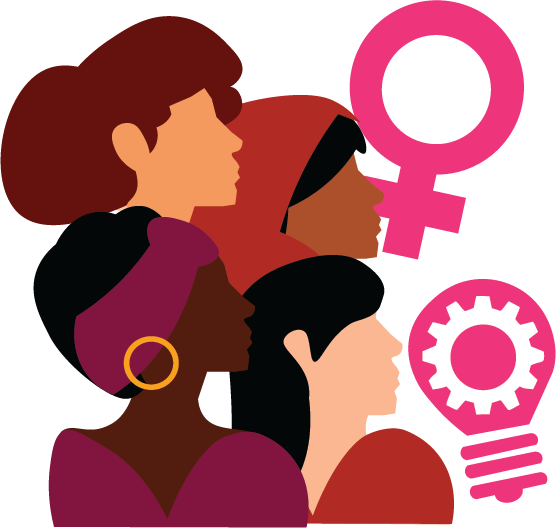
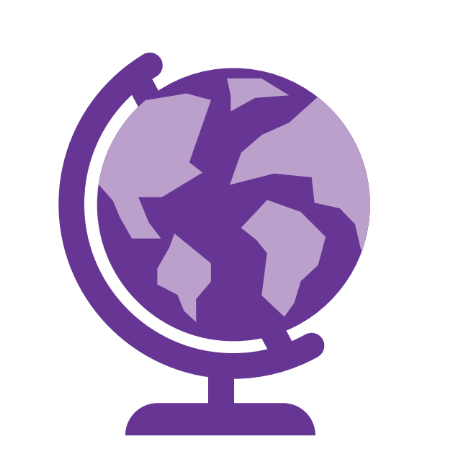
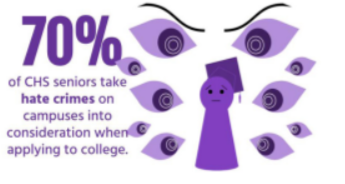

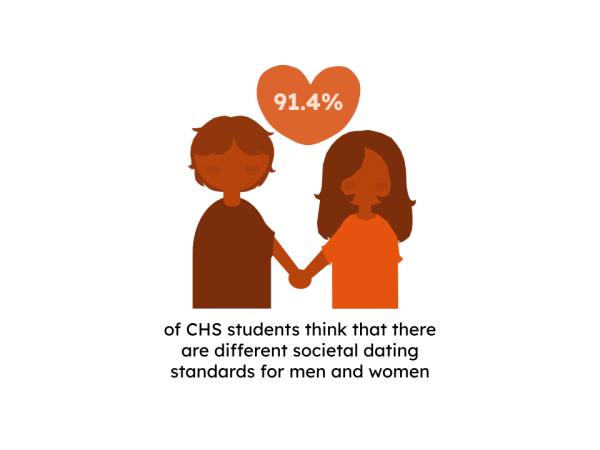
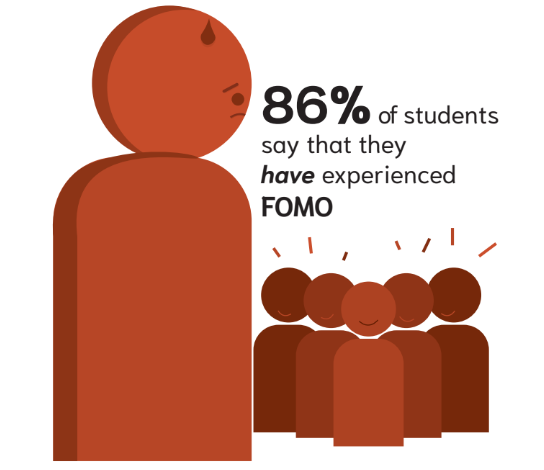

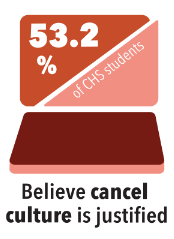



Pablo • Nov 13, 2021 at 10:06 am
Very nice article , insightful